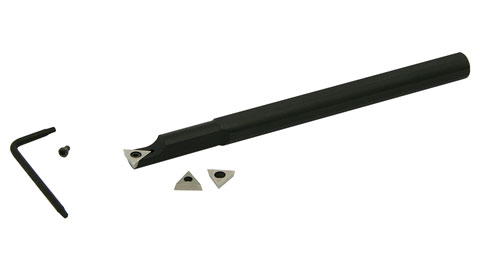chucketn
Senior Citizen
I'm putting together an order for LMS (got my tax refund, which included a $300 energy credit on a new heatpump) which will include a boring bar set. I'm wondering for hobbyuse, which would serve better, HSS or carbide? Materials would be theusual Aluminum, Brass, mild steel, and cast iron. What would be yourchoice and why?
Also, being an old retired fart, I'malways looking for better ways to grind tool bits. Does anyone knowof a source for the Baldor Grinder clone like HF used to sell (46727I think)? Can't seem to find one anywhere. I had a chance on thedisplay model at my local HF when they clearanced it, but theywouldn't let me use a 20% coupon so I passed. At the time the storemanager assured me it wasn't being discontinued... I haven't beenback since.
Chuck
Also, being an old retired fart, I'malways looking for better ways to grind tool bits. Does anyone knowof a source for the Baldor Grinder clone like HF used to sell (46727I think)? Can't seem to find one anywhere. I had a chance on thedisplay model at my local HF when they clearanced it, but theywouldn't let me use a 20% coupon so I passed. At the time the storemanager assured me it wasn't being discontinued... I haven't beenback since.
Chuck
































![DreamPlan Home Design and Landscaping Software Free for Windows [PC Download]](https://m.media-amazon.com/images/I/51kvZH2dVLL._SL500_.jpg)





![MeshMagic 3D Free 3D Modeling Software [Download]](https://m.media-amazon.com/images/I/B1U+p8ewjGS._SL500_.png)

































